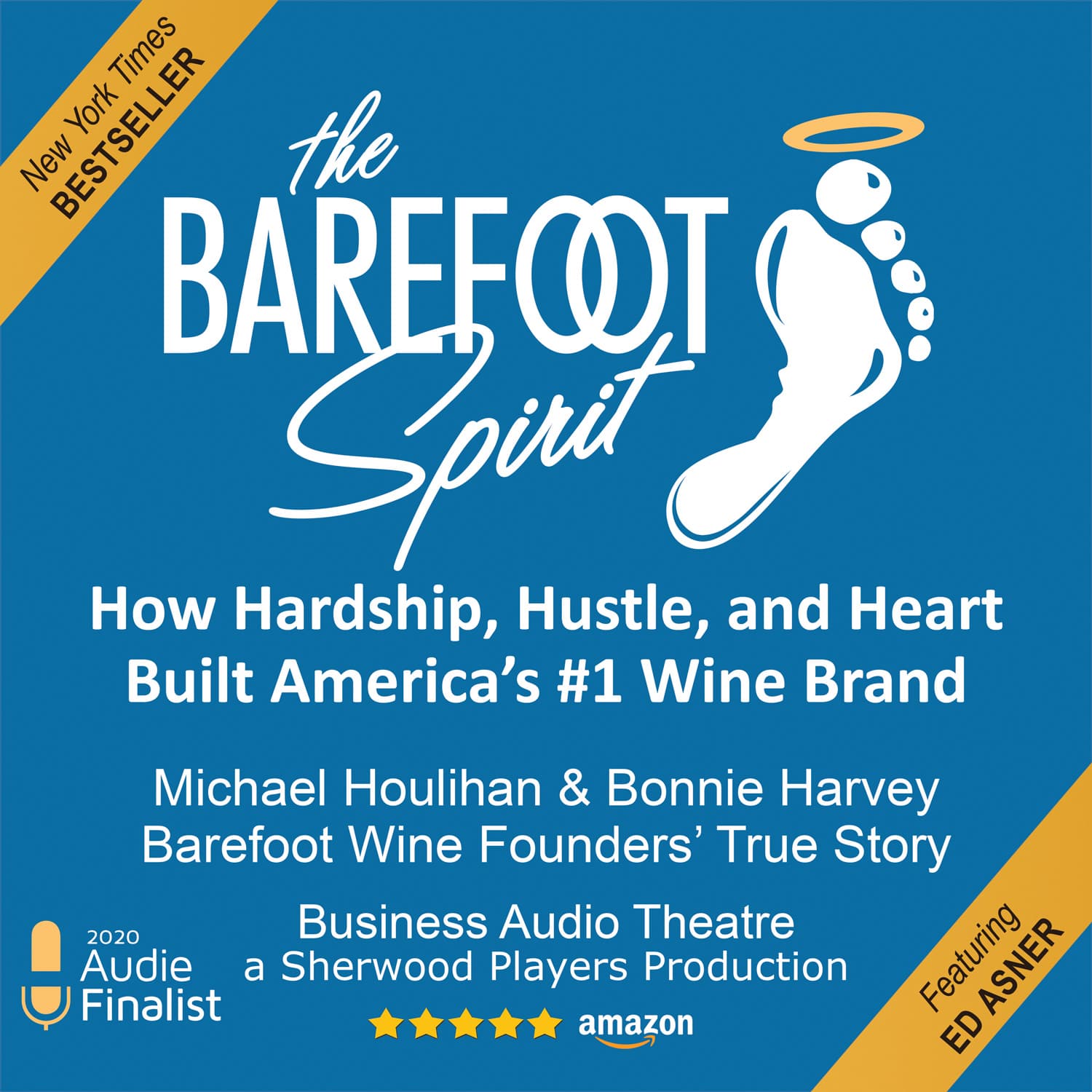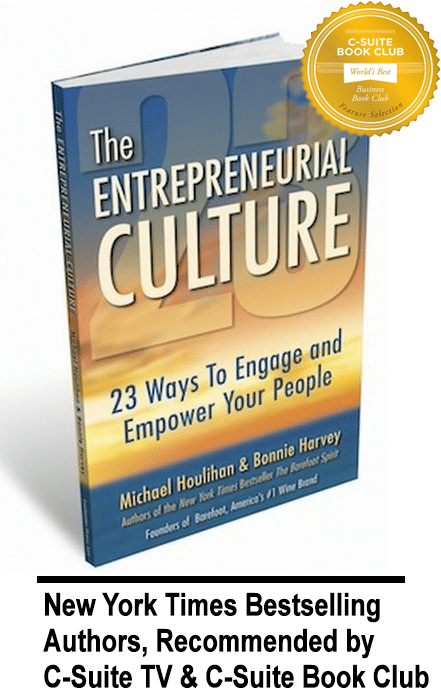
The debate goes on about how to best safeguard our children. But is that debate being influenced by the effects of technology? Have we become blinded by fear, impatience, and cynicism?
Long ago the news media realized that they could sell more papers using fear than with education, hope, or understanding. They also realized that they were in the entertainment business. Sensational headlines with dire consequences caught people’s eye and got their money. Hollywood was quick to jump on the bandwagon proliferating violence in the movies. And now video games pander to youth with even more violence.
Today, fear is being amplified through more avenues, and in more platforms than humans have ever been exposed to. We have become overloaded with more information than we can possibly digest. We’ve become impatient for the bottom line, “the one thing,” and the quick fix. Add to this the feeling of disempowerment, a short attention span, and the sinister view that things can’t be changed, and we get a population seriously considering quick “solutions” that are oversimplified, dangerous, and ultimately cause more problems than they solve.
Such is the case with the increasingly popular suggestion that schools become “hardened targets.” Imagine that schools become like a hardened target in a war zone. The logic, if you could call it that, assumes that there is no other way to protect our children than to arm their teachers. It also assumes that teachers would not be initial targets themselves. It assumes a teacher could access a locked weapon in time and use it effectively, resulting in no students getting hurt. It also assumes that no perpetrators could access the teachers’ weapons. Does anyone believe that is possible? Really?!
What about all the other “soft” targets where people congregate. Do we then have to “harden” the malls, theaters, ball parks, markets, churches and concert halls as well? As mentioned, this hardening of targets assumes that there is no other way.
Years ago, our government began cutting back on funding for mental health, we reversed a ban on assault weapons, made them available to teenagers, and balked at extended background checks. So now, to make up for the reckless proliferation of weapons of war and more disturbed people on the street, we’re going to harden the schools? Well, that certainly won’t hurt gun sales. On the contrary, it may very well increase them as more citizens buy into fighting fire with more firepower. And where does that lead?
We think that the right to bear arms comes with certain responsibilities: refunding mental health care programs to help keep firearms out of the hands of the depressed, disturbed, or otherwise imbalanced; age limitations on the purchase of certain types of firearms; extended background checks; holding parents responsible for the security of their own firearms; and teaching students and others how to recognize increasingly isolated and disturbed students. Hardening our schools does nothing to address these core issues. It just proliferates the hardening of other people-rich soft targets. And it increases gun sales.
We support a more comprehensive solution. It will take some time and some thought. But if we truly want to reduce gun violence, there is no simple solution that doesn’t cause more problems down the line. Instead of hardening our schools, perhaps we should be heartening our attitude toward mental health, “entertainment”, and videogames. Let’s get to the root of gun violence and earn the right to bear arms responsibly.
Who We Are

Michael Houlihan and Bonnie Harvey co-authored the New York Times bestselling business book, The Barefoot Spirit: How Hardship, Hustle, and Heart Built America’s #1 Wine Brand. The book has been selected as recommended reading in the CEO Library for CEO Forum, the C-Suite Book Club, and numerous university classes on business and entrepreneurship. It chronicles their humble beginnings from the laundry room of a rented Sonoma County farmhouse to the board room of E&J Gallo, who ultimately acquired their brand and engaged them as brand consultants. Barefoot is now the world’s largest wine brand.
Beginning with virtually no money and no wine industry experience, they employed innovative ideas to overcome obstacles, create new markets and forge strategic alliances. They pioneered Worthy Cause Marketing and performance-based compensation. They built an internationally bestselling brand and received their industry’s “Hot Brand” award for several consecutive years.
They offer their Guiding Principles for Success (GPS) to help entrepreneurs become successful. Their book, The Entrepreneurial Culture: 23 Ways To Engage and Empower Your People, helps corporations maximize the value of their human resources.
Currently they travel the world leading workshops, trainings, & keynoting at business schools, corporations, conferences. They are regular media guests and contributors to international publications and professional journals. They are C-Suite Network Advisors & Contributing Editors. Visit their popular brand building site at www.consumerbrandbuilders.com.
To make inquiries for keynote speaking, trainings or consulting, please contact sales@thebarefootspirit.com.






